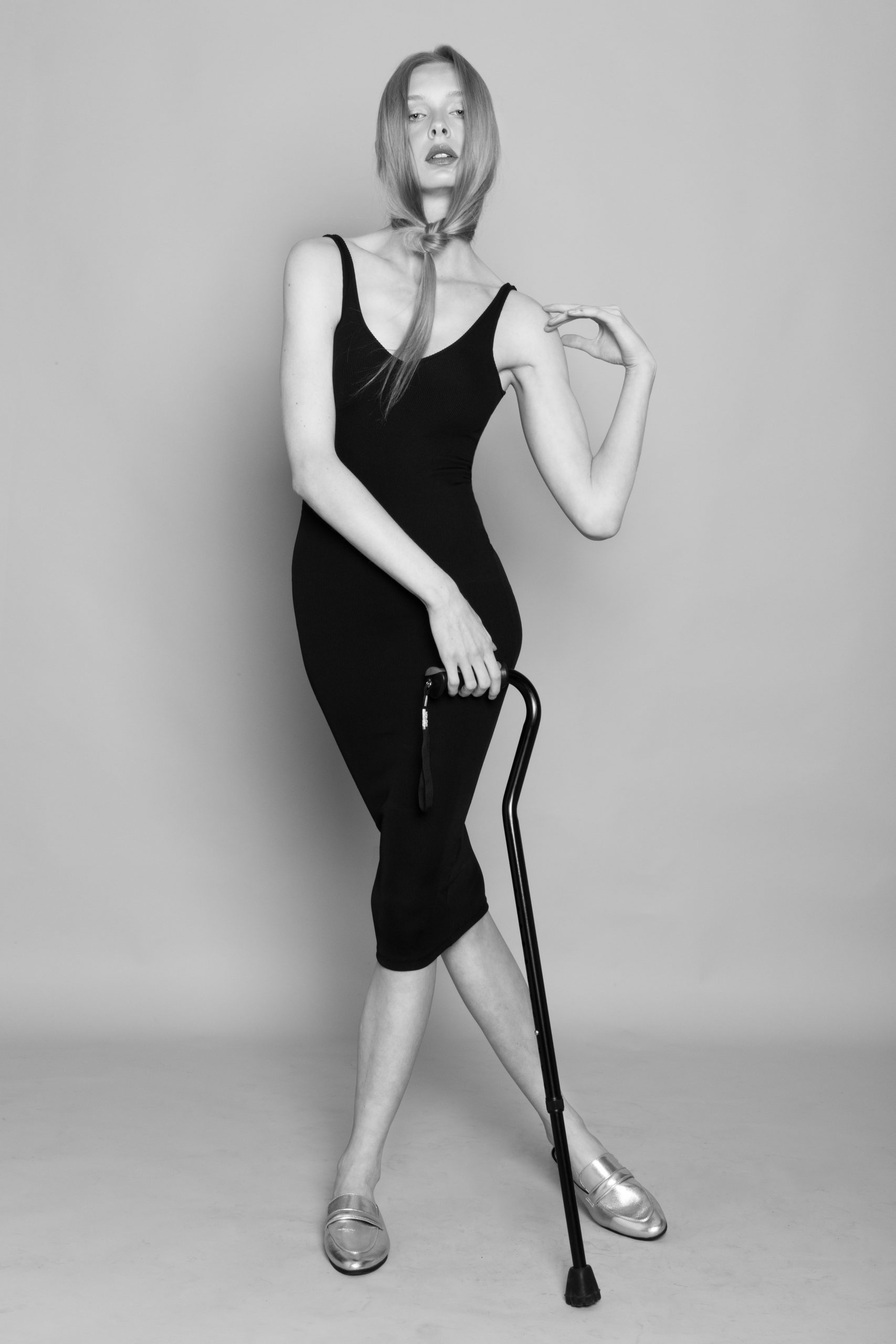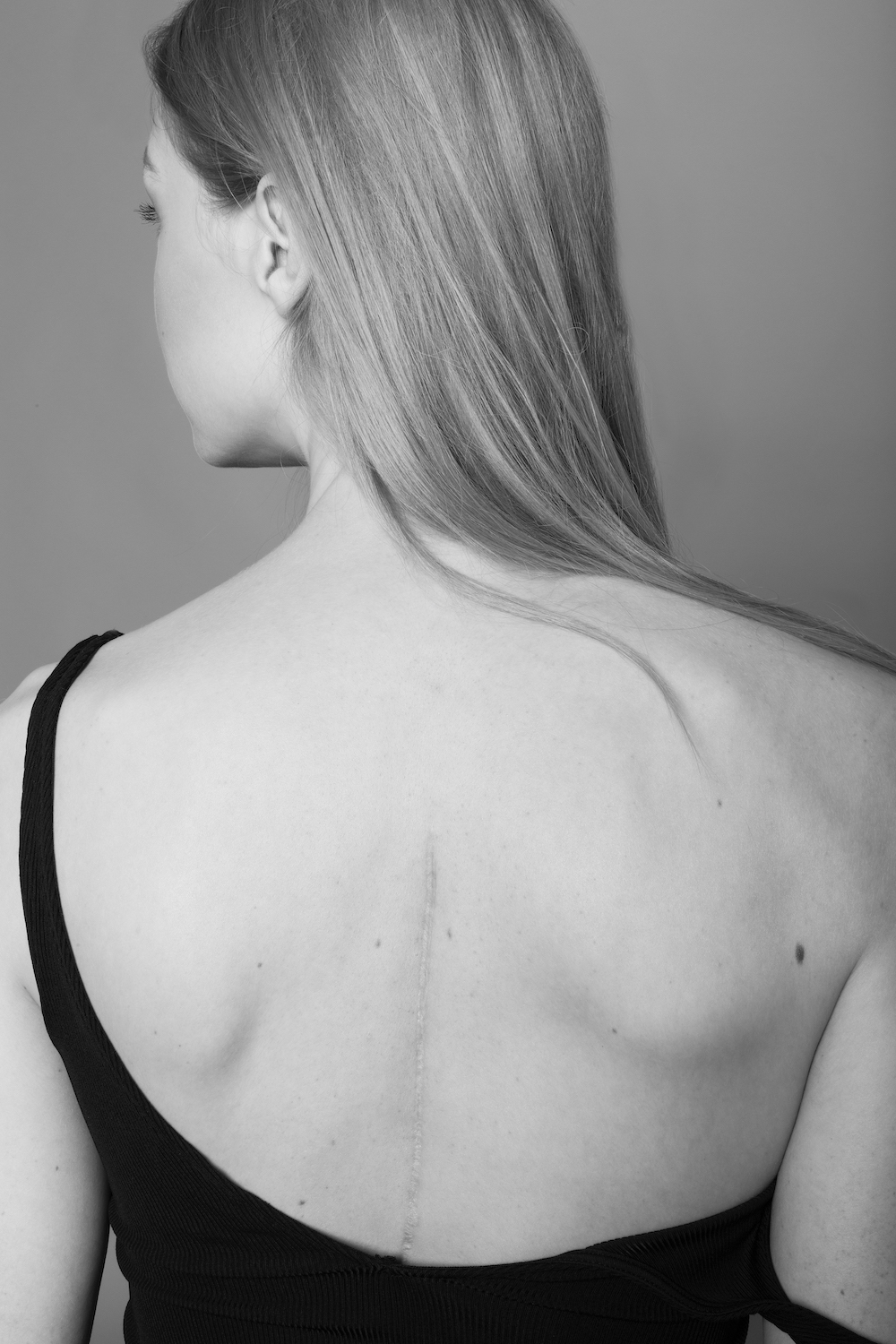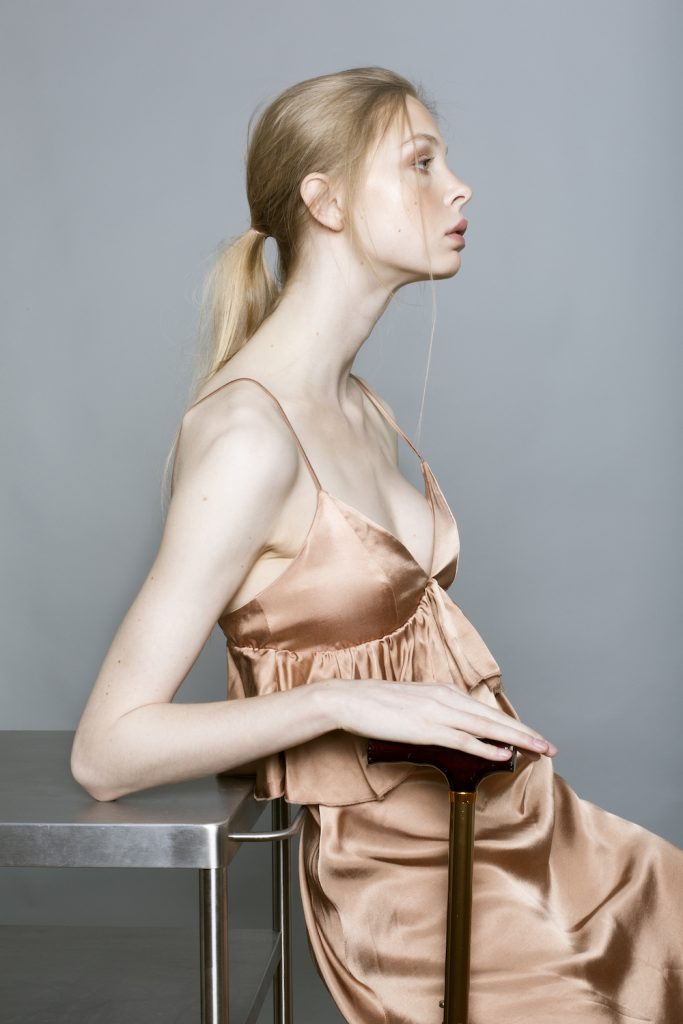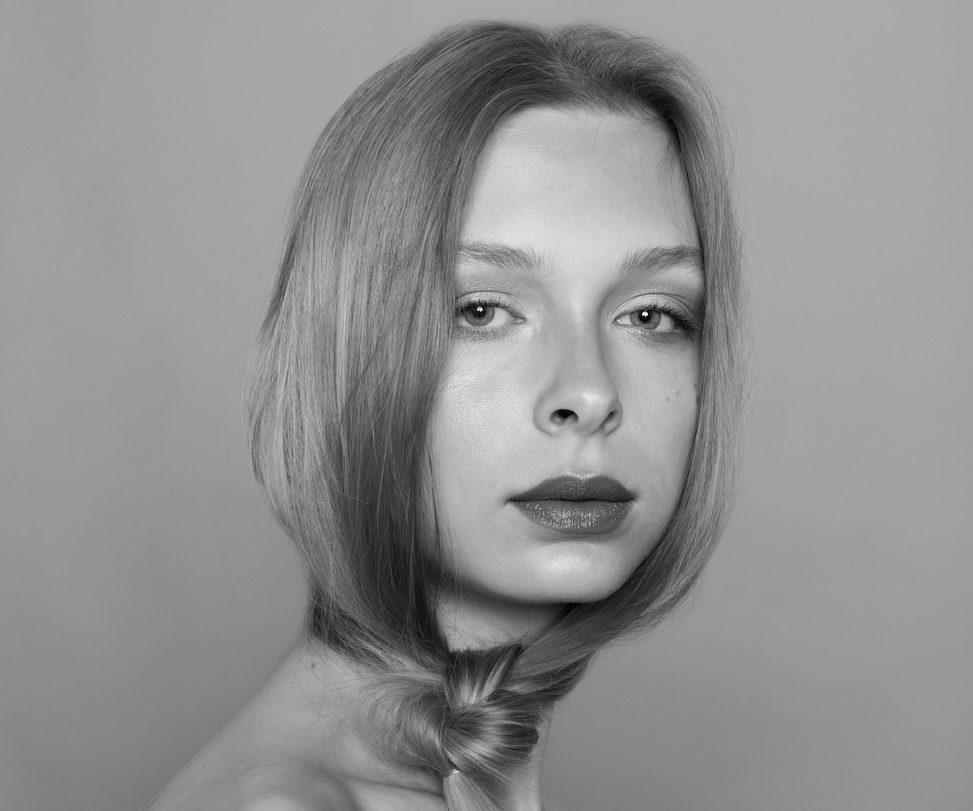Raised in Northern Ontario, Romu knows a thing or two about perseverance and discipline.
Interview by Ross Dias
Photography courtesy of Alexandra Votsis
Covered in a spectrum of colours and coronated in aluminum foil sheets, the models at designer Hayley Elsaesser’s February Toronto Fashion Week show looked extra-terrestrial. In reality, they represented humanity better than most other shows that week. Models of varying sizes, ethnicities, and abilities walked Elsaesser’s runway. Closing the show was Rachel Romu, an up-and-coming model looking to start a conversation around the fashion industry’s attitudes toward disabled models.
Raised in Northern Ontario, Romu knows a thing or two about perseverance and discipline. Once upon a time, she was a high-performing track and field athlete that represented Canada at the first-ever youth Olympic games, held in Singapore in 2010. It was around this time that Romu felt the symptoms of Ehlers-Danlos syndrome (a group of connective tissue disorders, often characterized by chronic pain), which would change her life forever.
For someone so keenly attuned to her body, Romu was forced to completely re-evaluate her relationship with it after her diagnoses. Although unable to pursue a career in athletics, that’s hardly slowed her down. She’s harnessed her condition as a tool to empower herself, build a community, and encourage discussion.


How do you think visibly disabled people are perceived in the community?
How people perceive you is based on what we are exposed to and what we see. When I was passively able-bodied, I wasn’t noticeable everywhere. Now I find that I get a weird response from absolute strangers sometimes.
I was traveling on the subway near rush hour. I had to speak up to ask if anybody in the blue seats did not have a disability, because I do and as soon as the train goes, I’m at risk of an accident. It’s nine chairs and everyone’s looking at me. I literally use a cane. I’ve had my body cut open a bunch of times. Why do I have to prove it to you?
What drew you to modelling?
During my recovery period a couple weeks after I had my second spine surgery in 2016, the amazing Sports Illustrated covers came out. It had Ashley Graham, and I was like, “Alright, this is cool! They’re trying to show alternate forms of beauty.” But then, at the same period Interview put Kylie Jenner in a wheelchair, a device I was going to need for the next number of months; a medical device that you don’t get to use by choice. It was put on like a prop, then taken off at the end of the day.
You can’t really take your disability off, it stays with you. I began taking very simple self-portraits in my house as a response to wanting to form myself and create imagery that helps me make sense of my experience and this new body. It progressed from that into taking some photos with friends, and then all of a sudden I was freelance modelling with no representation, and doing okay.
What’s the problem with fashion right now?
A lot of garment makers and shoe makers forget that there is a market and an importance to think about accommodating things in adaptable clothing. A small consideration like that can make a huge difference. With the socio-political climate, how newer generations are viewing themselves, and fashion and creativity in general, there should be more acceptance of different body types and abilities.




Do you think beauty standards are changing?
Social media creates different visibility. It empowers brands to look at their analytics and realize that when they do [feature] individuals that relate to the population, people accept and connect with that in a way that’s really meaningful.
I don’t see it changing in the core institutions that are the gatekeepers of the industry. Some of the folks that were there from the beginning are a little more resistant to things being different from what they’re familiar with. My goal is to open their minds a little bit.
What are some challenges the industry faces in embracing disability?
A lot of the feedback I get isn’t necessarily about my body of work, but about the thing that I use to get my body around. People use weird terms like “insurance liability.” That’s not how insurance works, but I know what they’re trying to say. Many people probably feel intimidated, or don’t want to ask, but in a role where I’m using my body for my job, it’s totally okay to ask about my abilities. I’ll let you know what I can or can’t do.








